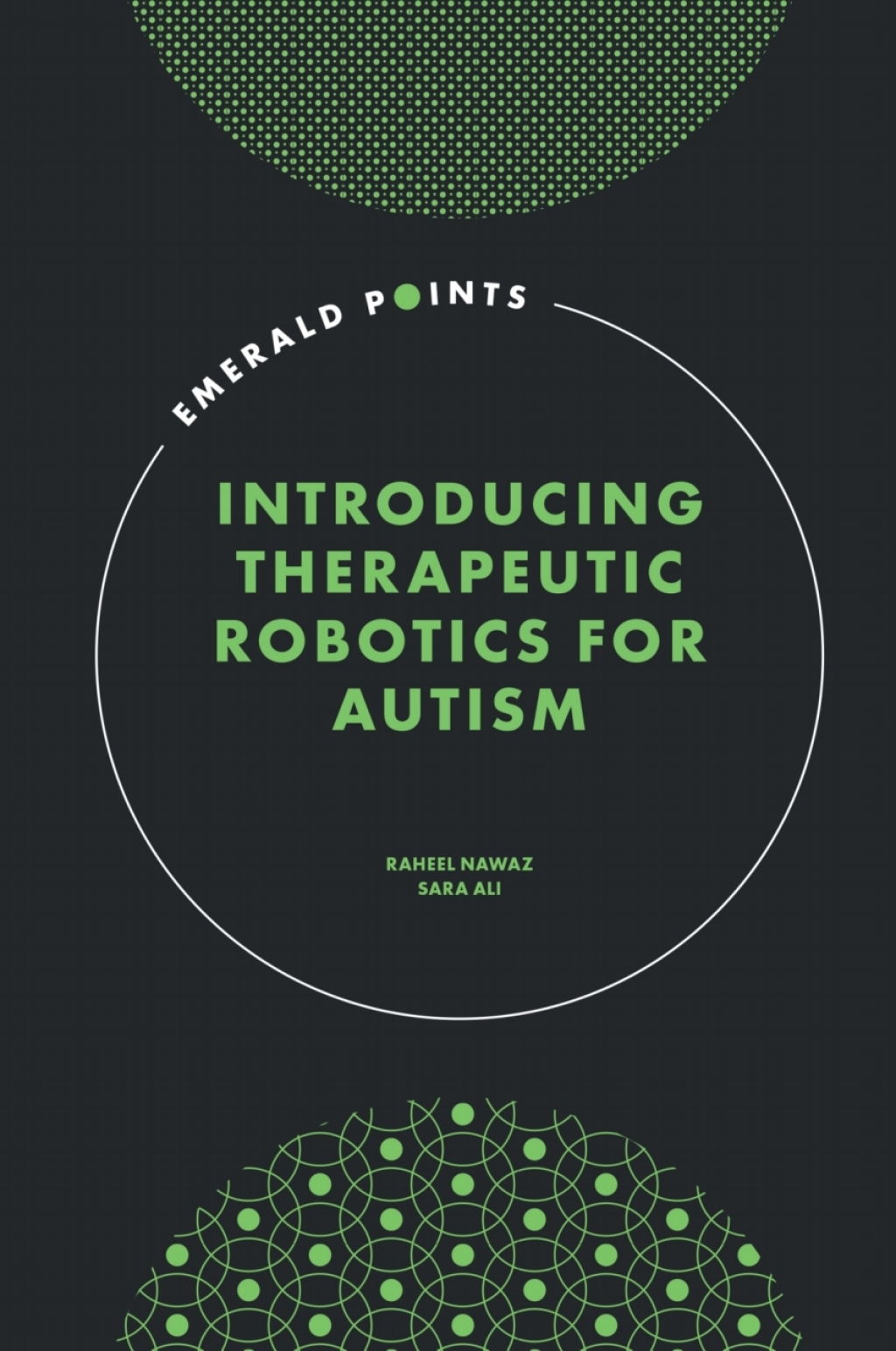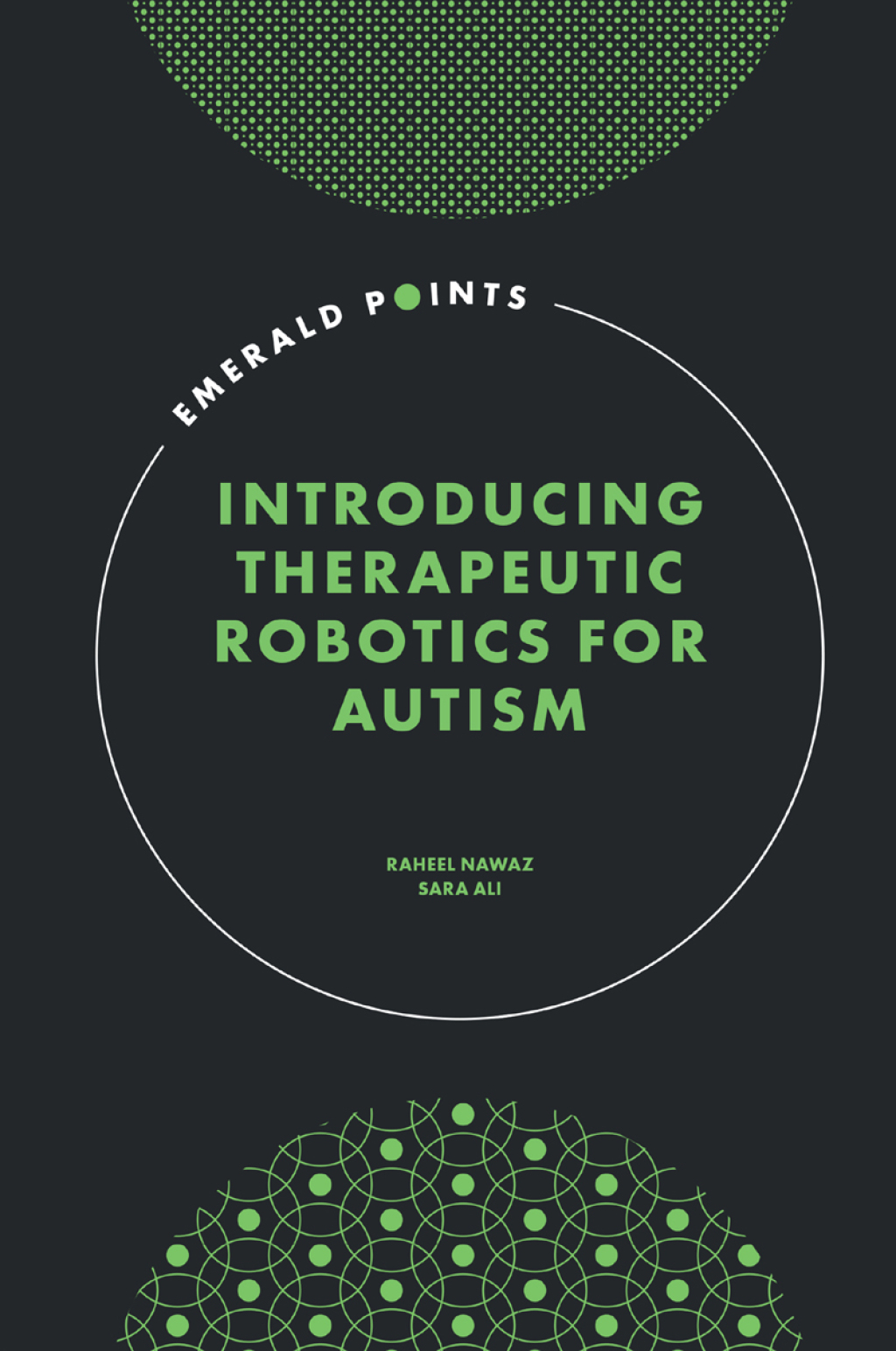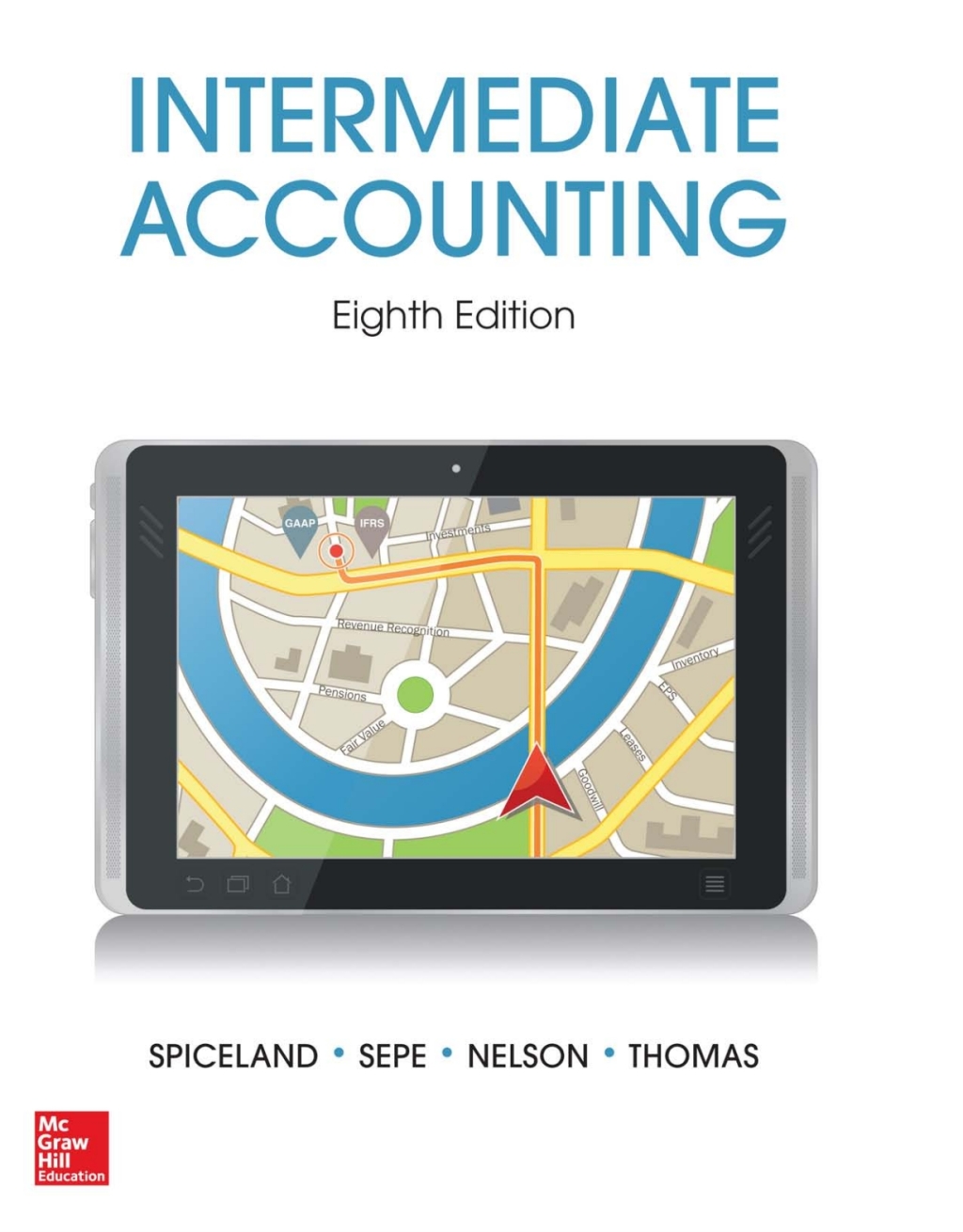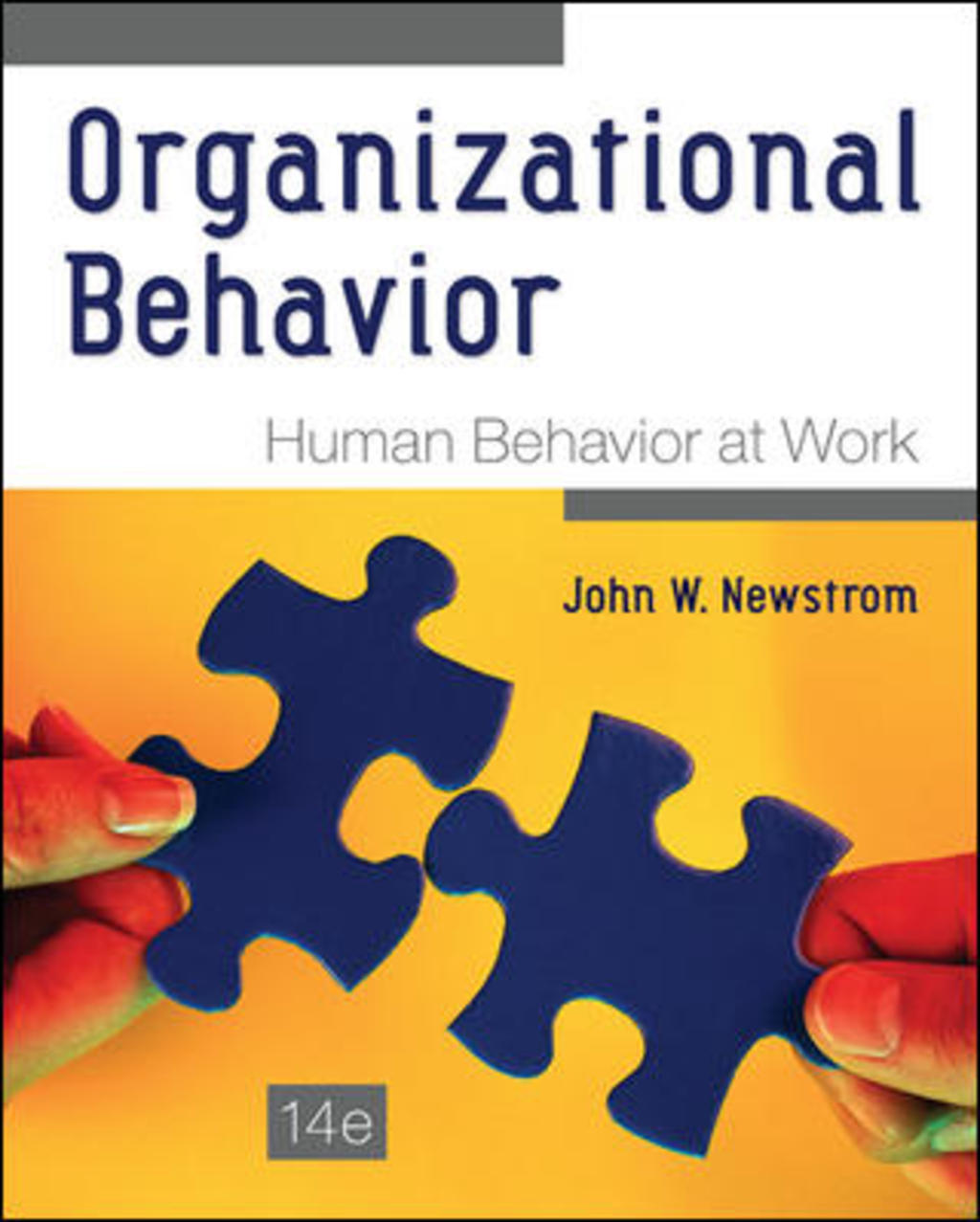Description
Autism Spectrum Disorder (ASD) can cause significant social, communication and behavioural challenges. Introducing Therapeutic Robotics for Autism is the first book to explore the use of Robot Assisted Therapies (RAT) for children with ASD. Raheel Nawaz and Sara Ali present a holistic picture, exploring state-of-the-art robot assisted therapies available for supporting children with ASD, the impact of various robot assisted therapies on different communication skills, and challenges with robotic therapies. The book concludes with policy recommendations for parents, psychologists, therapists, and roboticists working in the domain. Written accessibly from the user’s perspective, Introducing Therapeutic Robotics for Autism is a must read for researchers from related disciplinary backgrounds including robotics, educational psychology, cognitive sciences, and ASD.















